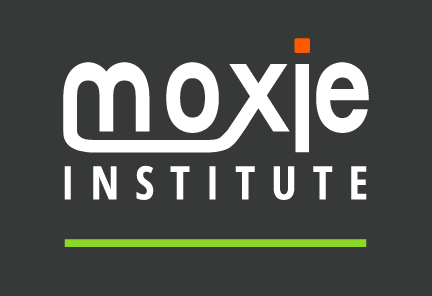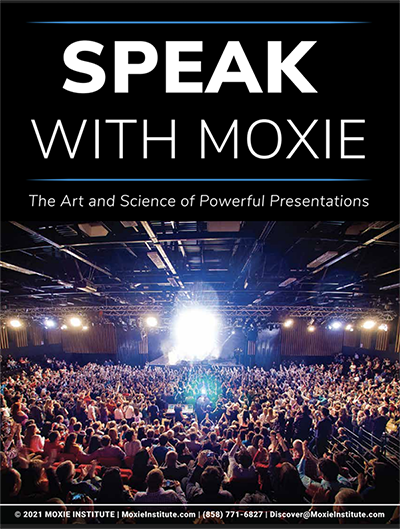What do British Prime Minister Margaret Thatcher and President Obama have in common? They both used the power of their voices to boost their executive presence.
And no, I’m not just talking about their use of their platforms to have their voices heard. These two leaders took steps that any speaker can replicate in order to achieve a commanding aura. Because no one is born a president or prime minister–like an actor, they must play the part until they become it.
And that returns us to honing the number one tool of a public speaker: their voice. After all, science shows most people respond to not what you say but how you say it. So how do you make sure your voice doesn’t detract from your message by undercutting your authority?
It’s time to implement the proven vocal techniques of theater. Whether it is acting for the silver screen or engaging in the theatrics of the political circus, your voice won’t go unheard.
Table of Contents
ToggleQUALITY OVER QUANTITY: SLOW, DEEP DIAPHRAGMATIC
What do actors, presidents, prime ministers and the rest of the world all do? Breathe. But I can assure you, the former and doing it more consciously correctly than the latter.
And why is breathing correctly so important? Diaphragmatic breathing, or “belly” breathing, has many different benefits. For starters, it brings oxygen to all parts of the body–including the brain–and keeps a speaker on their feet. Literally.
But the benefits don’t stop there. The long, slow breaths characteristic of diaphragmatic breathing–contrary to the short, fast and shallow breaths that come when a person is panicked–also help give you breath support.
Your diaphragm is a muscle and, as such, gets stronger when you use it. A strong diaphragm, courtesy of diaphragmatic breathing, emboldens and bolsters your voice. This leads to a better tonal quality overall. Speak like a human, not like a mouse: use your diaphragm by drawing breath deep into your navel.
EMPHASIZE: INFLECTION AND PITCH
Research has shown people enjoy deeper voices. No one seems to relish in the listening of a high-pitched, nasally voice that lacked any peaks or valleys in tone.
British Prime Minister Margaret Thatcher realized this and endeavored to change the inflection and pitch of her voice. Sure enough, a distinct change is noticeable in her tone of voice from earlier in her tenure as prime minister to the latter years.
How do you lower your pitch and add vocal variety to the way you talk? Record yourself. Only by hearing your own voice and how you currently speak can you change your habits. Lower your voice and practice keeping it there. Record and compare. Repeat until you sound like a low, smooth bass line instead of a high-pitched chirp.
Don’t be afraid to emphasize certain words–namely, the ones most pertinent to your message. You can do this by changing your pitch at strategic moments or moving on to the next suggestion…
RHYTHM: PACING AND PAUSING
If there’s one thing President Obama perfected, it was the strategic silence.
Like a piece of music, beats of silence called “rests” play just a large of role as any note. They build anticipation or give the listener a moment to think about what came before. A well-placed dramatic pause can be more powerful than any word. The collection of compilations made of President Obama’s dramatic pauses proves this.
These pauses help a speaker pace their talk in order to deliver key pieces at the right moments–when the audience is primed and ready. The pacing and pausing of a speech make up a presenter’s overall rhythm. And just like any catchy radio single, a good rhythm gets stuck in a listener’s head.
Are you speaking too quickly? Are you rushing through pieces of information and not allowing your audience to digest? Fix your rhythm in much of the same way you can change your pitch: practice.
Speaking your talk aloud enough times will show you which places call for a natural breath. Learn to feel comfortable with the silence and weight of your words. Let what you have to say hang around for a bit before moving on–this is how the audience will carry away your message when your talk is over.
Take a leaf out of Meryl Streep’s book and do a “creative imitation” of favorite speaker’s vocal technique. With enough pointed practice and consideration, the results just may be Oscar-worthy.
TAKE THE FIRST STEP TO MASTER POWERFUL NEW SKILLS
Schedule an easy 30-minute call using our calendar. We’re here to help!










